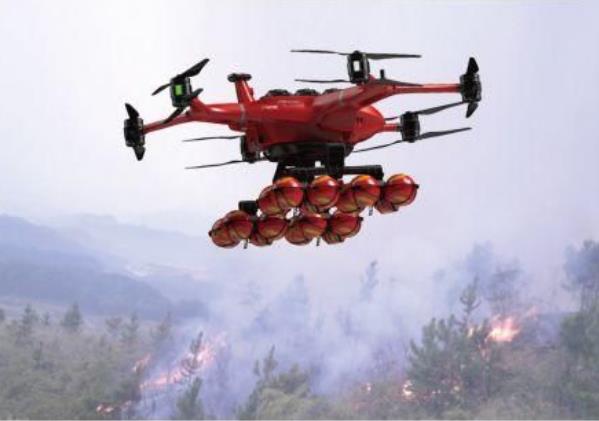UAV emergency response in the event of wildfire Leave a comment
As we all know, once a wildfire is ignited, it spreads at an average speed of 22 kilometers per hour. It takes about 4 minutes to walk the firefighters, so the speed at which the firefighters can’t can’t exceed the speed of the spread of off-road fires, especially when the wind blows. Normally, when a wildfire occurs, firefighters do not have enough time to go to the roadblock and block the road. In such an emergency, the drone may be an amazing aerial tool, but the premise is that it must be used safely.
Why are drones not widely used to assist wildfire suppression?
At present, wildfire airspace is regarded by the government as “unmanned areas”. People’s safety concerns are due to the lack of driverless traffic management systems and communication links with drone operators. From multi-rotor aircraft to fixed-wing, many different types of manned aircraft are used for wildfire suppression, and collisions between drones and manned aircraft can be fatal to pilots and / or manned passengers. Because of this concern, when unauthorized drones fly into wildfire areas without authorization, manned aircraft must be landed. Once the UTM system is implemented and the drone service provider works with emergency personnel, both government concerns will be alleviated. What is the difference between a drone in wildfire emergency response? Although improper use will bring security risks, for further improving safety, drones can actually provide important support. First, the drone can enter the air in just 30 minutes and start evaluating the affected area. In this way, emergency personnel can accurately know where the fire is, and it has spread, without letting anyone approach. This can shorten the time between the fire and the first fire-fighting attack, so that emergency response personnel can deploy in advance when the fire spreads. Through the use of payloads with thermal functions, dangerous hot spots can be identified, and the fire can be identified in real time in terms of direction and speed. Since the thermal sensor is used, this operation can be performed even when fog or thick smoke hinder clear visibility.
